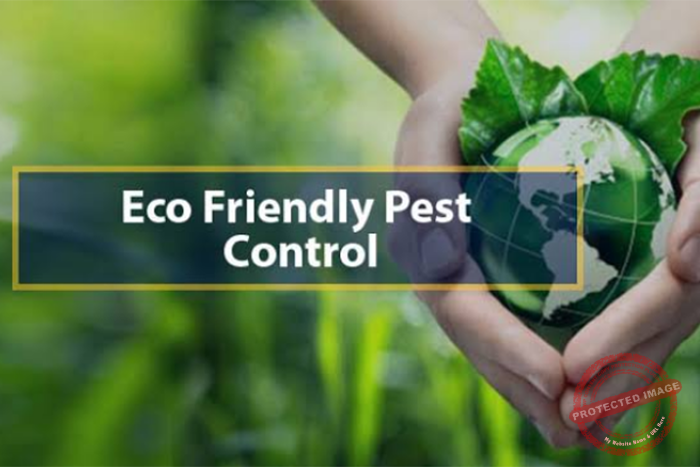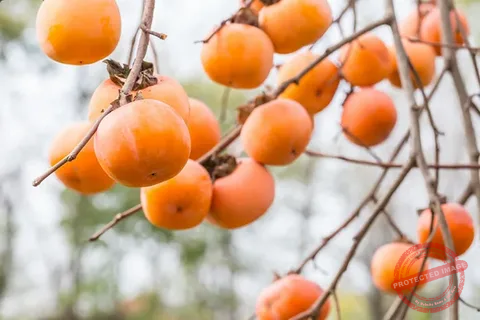There’s a quiet war going on in every field, garden, and greenhouse. The enemy isn’t obvious at first glance. But if you’ve ever woken up to see holes in your cabbage leaves, curled tomato vines, or mysterious trails in your soil, you know what I’m talking about. Pests. They don’t knock before entering, and they sure don’t care how much sweat you’ve poured into your land. I’ve been there—standing in a field of once-healthy crops that looked like a buffet table for insects. And that’s when I realized that farm pest control doesn’t have to come from a bottle of chemicals. It can come from nature itself.
See, natural pest control isn’t just about saving money or going organic. It’s about working with the land, not against it. When I started experimenting with companion planting and biological controls, something amazing happened. My soil got healthier, the beneficial insects returned, and suddenly, I wasn’t fighting nature—I was partnering with it. The ecosystem found its balance again. Sure, it took patience and a few seasons of trial and error, but that’s farming, isn’t it? Every year teaches you something new.
Think about it—when you douse your plants with synthetic pesticides, you might kill the bad bugs, but you also destroy the good ones. Ladybugs, spiders, bees, even earthworms—they all have roles to play. The goal of natural pest control is to protect your crops and the balance of your farm. It’s about using what nature already gave us to keep those unwanted guests in check. Sounds simple? It actually is, once you understand how to build that harmony.
Step One: Know Your Enemies (and Your Allies)
You can’t fight what you don’t understand. The first step in farm pest control is identifying which pests are actually causing the damage. Sometimes the culprits aren’t even the ones you see. For example, you might notice aphids clustering under leaves, but the real issue could be ants farming them for honeydew.
Take a few mornings to observe your crops closely. Turn over leaves. Look for patterns—chewed edges, yellow spots, drooping stems. Then, look for natural predators nearby. Ladybugs, lacewings, and spiders are your quiet allies. If they’re present, that’s good news. It means the ecosystem is still working.
Step Two: Companion Planting—Nature’s Own Defense Network
Companion planting is like setting up friendships between plants. Some plants repel pests just by their scent. Others attract beneficial insects that help with pest control. For example, marigolds can keep away nematodes, while basil helps protect tomatoes from whiteflies.
On my own farm, I’ve seen how a few rows of nasturtiums can lure aphids away from my beans. It’s like giving the pests a distraction while your main crops grow safely. If you’ve ever felt like you’re in an endless spray-and-suffer cycle, companion planting breaks that loop naturally.
Step Three: Encourage the Beneficial Bugs
Every farmer’s best pest control squad is buzzing and crawling around for free—they just need the right invitation. Ladybugs love aphids. Parasitic wasps attack caterpillars. Frogs and toads will eat slugs if you give them a moist spot to rest.
Here’s a trick: plant herbs like dill, fennel, and cilantro. They flower quickly and attract the right kind of insects. Build small piles of stones or wooden planks near damp areas for toads. Keep a few wildflower patches for pollinators. It’s not just good for pest control—it keeps your land alive.
Step Four: Homemade Sprays That Actually Work
Sometimes you need a little extra help, especially when infestations get serious. But that doesn’t mean you have to reach for harsh chemicals. You can make natural sprays using what’s already in your kitchen.
-
Garlic spray: Crush a few garlic cloves and steep them in water overnight. Strain and spray on leaves. Most insects can’t stand the smell.
-
Neem oil: It disrupts the growth of many soft-bodied pests like aphids, whiteflies, and mites. Mix a few drops with mild soap and water.
-
Soap spray: A simple mix of dish soap and water can suffocate pests on contact. Just be careful not to overdo it—use it early in the morning or late evening.
These sprays are mild enough not to harm beneficial insects when used sparingly. And they keep your crops chemical-free, which makes your harvest healthier too.
Step Five: Healthy Soil, Healthy Plants
Here’s a truth I learned the hard way: pests love weak plants. If your soil is poor, compacted, or short on nutrients, your crops will struggle—and struggling plants send out stress signals that attract pests. The foundation of good farm pest control starts in the soil.
Use compost, mulch, and cover crops to feed your soil. Rotate your crops every season to prevent pest buildup. And avoid overwatering—most pests thrive in soggy, unhealthy soil. A little patience in building healthy soil pays off more than any pesticide ever could.
Step Six: Birds—Your Unexpected Farm Hands
Birds can be your greatest helpers if you learn to welcome them. Swallows and wrens feed on insects by the hundreds. Chickens, too, are natural pest hunters. I remember one summer when grasshoppers nearly took over. I let my hens roam freely for a few weeks, and the problem practically vanished.
You can hang birdhouses, install small perches, or plant berry bushes to attract insect-eating birds. It’s a win-win situation—they get food, and you get pest control without lifting a finger.
Step Seven: Cleanliness and Crop Rotation
Don’t underestimate the power of a tidy farm. Dead leaves, rotting fruit, and unclean tools are like open invitations for pests to move in. After every harvest, clear the fields. Turn the soil lightly to expose pest eggs before winter.
Crop rotation also keeps pests guessing. When you plant the same thing in the same place every season, you’re practically laying out a feast map for them. Rotate your crops, and you’ll confuse their life cycle while enriching your soil naturally.
A Quick Story from My Own Field
Last autumn, I nearly lost half my cucumber patch to spider mites. At first, I thought it was heat stress, but when I looked closer, I saw the fine webs. Instead of panicking, I tried a combination of neem oil, companion marigolds, and introducing predatory mites. Within two weeks, the balance returned. No chemicals. No burned leaves. Just patience and a few smart moves.
Sometimes, the best lessons in farming come from watching nature do her work—quietly, precisely, and without fuss.
FAQs About Natural Farm Pest Control
Q: Can natural pest control really replace chemical pesticides?
Yes, it can. It might take longer to see results, but it’s sustainable. You’re not just removing pests—you’re improving the health of your soil and your crops long-term.
Q: How often should I apply natural sprays?
Once every few days during infestations is usually enough. But always test on a small leaf area first, and avoid spraying in the heat of the day.
Q: What if I already have a big pest problem?
Start small. Combine methods—use traps, introduce predators, and apply natural sprays. It’s about reducing pest pressure over time, not wiping everything out overnight.
Q: Does natural pest control work for all kinds of farms?
Absolutely. Whether you’re growing vegetables, fruits, or flowers, nature’s balance works the same way. Even large farms are switching to integrated pest management systems that rely heavily on natural methods.
How-To: Build a Simple Natural Pest Control Plan
-
Identify your main pests each season.
-
List companion plants that protect your crops.
-
Keep a compost pile to feed your soil.
-
Use birdhouses and toad shelters to attract predators.
-
Make natural sprays for emergencies.
-
Rotate your crops yearly.
-
Record what worked and what didn’t—because farming is all about learning.
When you write things down, you’ll start noticing patterns. Maybe your aphid problem peaks in early summer or certain crops do better when surrounded by herbs. That’s your unique rhythm.
A Few Words About Balance
Natural pest control isn’t about perfection—it’s about peace. There will always be a few bugs nibbling here and there, and that’s okay. The key is not letting them take over. When you learn to let the ecosystem do its job, you’ll find that your fields become healthier, your yields stronger, and your mind a bit calmer.
So next time you see a bug on your plant, don’t rush for the spray bottle. Take a closer look. Ask yourself: is this one of the good guys?
Because sometimes, the best farm pest control comes from simply paying attention and trusting the wisdom of nature.
And honestly—when was the last time you paused to watch your garden’s little ecosystem at work?
![How To Buy Farmland For Investment [Farmer’s Guide]](https://agrolearner.com/wp-content/uploads/2024/01/Farmland.jpg)


